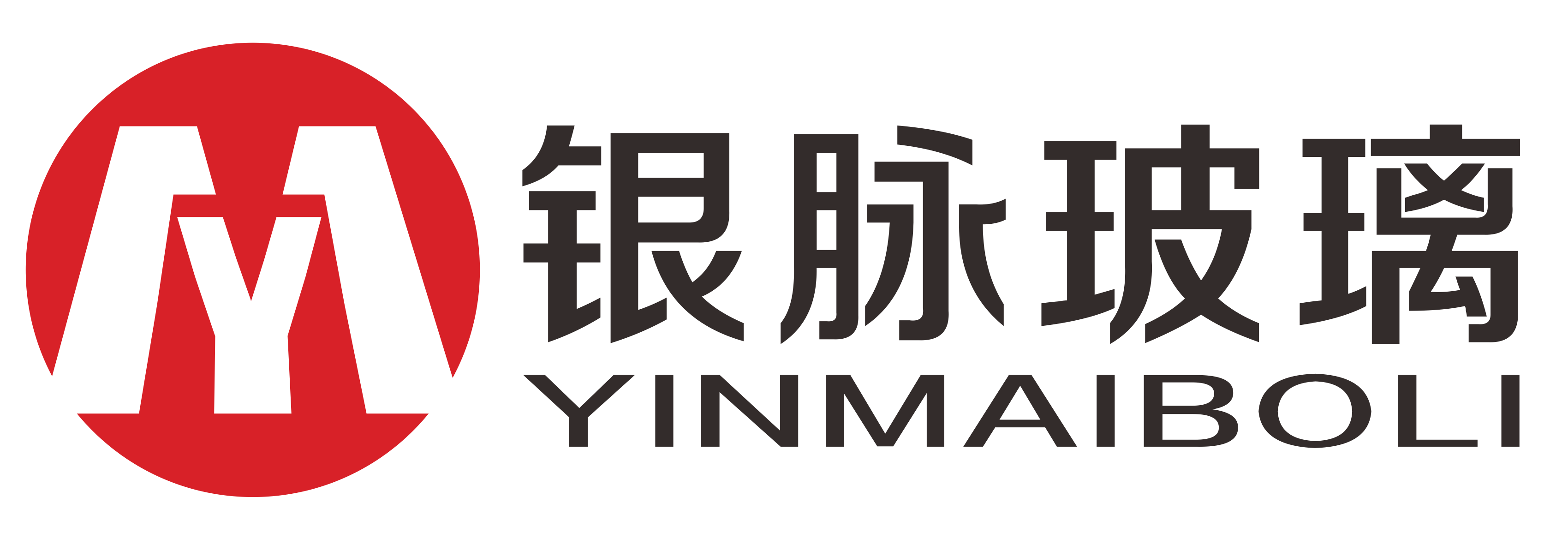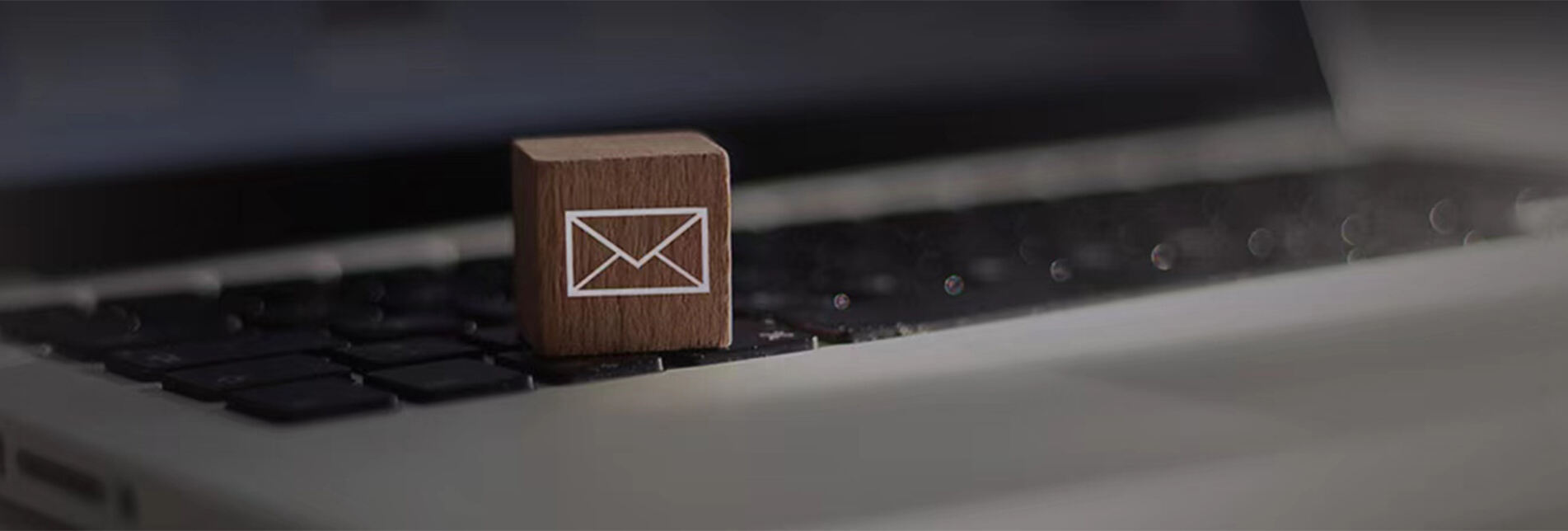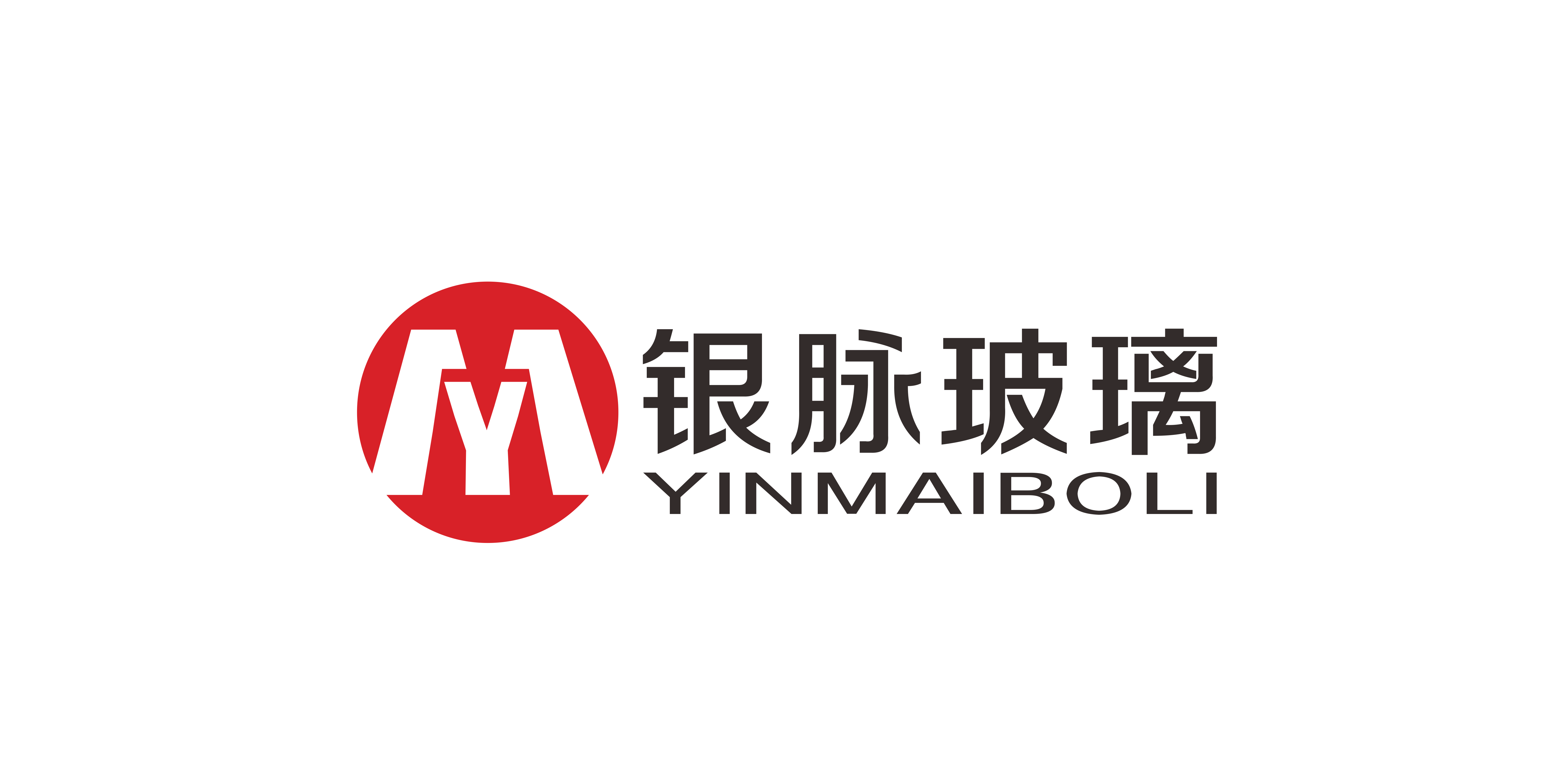Eco-Friendly Glass Lotion Pump Bottles in Bulk with Reduced Plastic Pumps
In today's ecologically mindful charm market, sustainability is actually no more an option, it's a requirement. Brand names that effectively combine environmental obligation along with stylish style are catching the hearts of contemporary customers. At Guangzhou Yinmai Glass Products Co., Ltd. we have designed a service that completely equilibriums these needs: Eco-Friendly Glass Cream Pump Containers in Mass, including our ingenious reduced-plastic pumps.
The Sustainable Choice: Glass Meets Reduced Plastic
While lots of brand names are creating initiatives towards sustainability, real ecological effect needs taking a look at every element of product packing. Our method addresses both very most considerable aspects:
The Pureness of Glass: Glass stays the gold requirement for environmentally friendly product packing. It is 100% recyclable, infinitely recyclable, as well as inert, guaranteeing your product's formula stays natural as well as uncontaminated. When clients select glass, they're selecting a bundle that can easily have actually several lifecycles.
Innovating the Pump: Conventional cream pumps can easily include an unexpected quantity of plastic. Our design group has restored this essential element towards considerably decrease plastic use while preserving ideal performance. With smarter style as well as product optimization, we have produced pumps that need much less plastic in their building without jeopardizing on efficiency or even resilience.
Why This Combination Matters for Your Brand
Authentic Environmental Story: Through selecting product packing that addresses each the main compartment (glass) as well as the dispensing procedure (reduced-plastic pump), you show an extensive dedication towards sustainability. This isn't really simply surface-level eco-friendliness, it's a thoughtful method that reverberates greatly along with notified customers.
Maintained Luxury Experience: Sustainability should not imply compromising high top premium. The considerable feeling of glass in the palm interacts high-end as well as worth, while our enhanced pumps offer the exact very same soft, dependable dispensing that individuals anticipate from premium items. The pleasing "click on" of the pump as well as constant stream are completely protected.
Economic Efficiency Through Bulk Purchasing: For expanding brand names, expense effectiveness is actually essential. Our mass buying choices create lasting product packing available as well as financially practical. Through purchasing in bigger amounts, you can easily:
Decrease per-unit sets you back
Guarantee product packing uniformity throughout manufacturing batches
Reduce your carbon dioxide impact with consolidated delivery
Yinmai's Commitment to Innovation
Our reduced-plastic pumps stand for greater than simply a small adjustment, they are the outcome of devoted research and development. We have carefully crafted these pumps towards:
Utilize thinner however similarly resilient elements
Enhance springtime systems for smoother activity along with much less product
Preserve leak-proof secures as well as constant dose
Stay completely suitable along with requirement reusing procedures
This exact very same ingenious method could be applicable throughout our item variety, coming from Serum Glass Bottles to Face Cream Jars, enabling you towards produce a natural, lasting line of product.
Beyond Lotion Bottles: A Holistic Approach
While this short post concentrates on cream containers, the concept of reduced-plastic elements can easily encompass various other items in your schedule. Our Cosmetic Bottle Sets can easily Glass Foundation Bottles can easily use comparable systems for a combined brand name discussion.
Lead the Sustainable Beauty Movement
The charm market goes to a transforming factor, as well as customers are actually proactively looking for brand names that deal authentic lasting services. Our Eco-Friendly Glass Cream Pump Containers along with reduced-plastic pumps offer the ideal system towards display your dedication towards each ecological obligation as well as item quality.
Allow Guangzhou Yinmai Glass Products Co., Ltd. be actually your companion in producing product packing that appears gorgeous, features perfectly, as well as safeguards our world. Get in touch with our team today towards talk about exactly how our mass product packing services can easily raise your brand name while decreasing ecological effect.




